A book about one of the London clubs, published to mark its 250th anniversary, might be regarded as of extremely limited public appeal, designed only for the enjoyment of its members, 800 of whom have subscribed more than 900 copies (one blenches to think why members might want more than one copy). But Brooks’s, halfway up St James’s Street, has always felt that its history deserves wider public interest, partly because of its association with the life and gambling of Charles James Fox and partly because it has been so central to the formation of the 19th-century Whig party. (This book includes the rather amazing statistic that, during the Melbourne administration in the 1830s, nearly half the members were sitting MPs and every member of the cabinet belonged to Brooks’s).
The willingness of the club to be open about its history and to encourage its study has been helped by the fact that its members are expected to be literate as compared to those of White’s, opposite. (Max Egremont comments in his essay on the club’s betting books that ‘Even today, the idea of a library at White’s is laughable, whereas the one at Brooks’s is cherished’).
Indeed, in amongst the essays which are probably aimed at Brooks’s members, including detailed discussion of the history of its wine consumption by Hugh Johnson, an unexpectedly detailed account by Thomas Heneage of what vegetables were eaten in the late 18th century, and a description of the pleasures of back-gammon by Lucius Falkland, there is plenty to interest a wider readership.
Leslie Mitchell, the biographer of Charles James Fox, provides an examination of the ways in which Fox — his politics, his personality and his friends — formed the essential ethos of the original club, addicted as it was to gambling and reform. Fox comes across as a Boris Johnson character, managing to make his personality into a political movement.
Seth Thévoz, not a member but a student of the political significance of clubs in the 19th century, provides a good statistical analysis of the heyday of the Whig party in the aftermath of the Reform Bill, during which the aristocratic dominance of the Whigs was gradually transmogrified into a broader liberalism.
Joe Mordaunt Crook provides a clever analysis of the history of the club’s building, designed by Henry Holland and opened in 1778, but, on closer inspection, revealed as a complex entity, added to at different periods of its history, ever evolving, but with a strong sense of continuity. As Crook describes it, it is the product of ‘layer upon layer of subcutaneous change — a veritable palimpsest of Whiggery’.
At the heart of the book is a catalogue of Brooks’s picture collection, which has been hugely enriched by the fact that the collection of the Society of Dilettanti was added. This contains not only the very well-known and wonderful series of the original members by George Knapton and Joshua Reynolds’s magnificent twin portraits, which dominate the upstairs Subscription Room, but also less familiar works. These include a portrait of Sidney Colvin by Edward Poynter and two later portraits of the Society of Dilettanti, one by James Gunn, showing a rather austere post-war gathering of aristocrats and museum directors, and another by John Ward, which is a much more lively gathering.
Best of all the contributions is a short essay by Andrew Roberts, a member of a Whig club in spite of being a Tory. This gives some sense of the historical significance of London clubs and of their evolution from gaming establishments in the late 18th century to bastions of political respectability in the 19th to being regarded as anachronistic survivals in the 20th. He provides the closest the book comes to a defence of clubs and their modus operandi:
We would not find it hard to convince our founders, I suspect, that modern-day membership of Brooks’s is not the mark of an overgrown schoolboy’s longing for his childhood, or of a secret misogyny, or of a would-be snob’s hopes for social acceptability, or any of the cod-psychology thrown by unclubbable people towards the clubbable.
All that is missing is some sense of the surviving beliefs of whiggery, brilliantly provided by Noel Annan in the volume of essays which preceded this one, and was published in 1991.
Got something to add? Join the discussion and comment below.
Get 10 issues for just $10
Subscribe to The Spectator Australia today for the next 10 magazine issues, plus full online access, for just $10.
Available from Brooks’s, 60 St James’s Street, London SW1A 1LN or from Spectator Bookshop, £36. Tel: 08430 600033.
You might disagree with half of it, but you’ll enjoy reading all of it. Try your first month for free, then just $2 a week for the remainder of your first year.

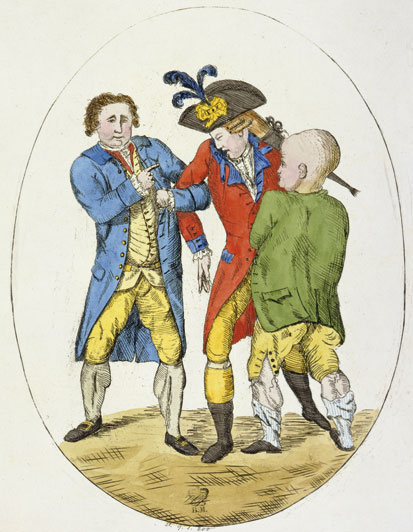
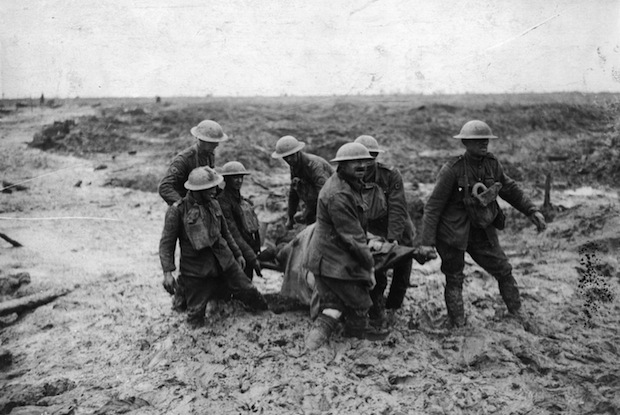
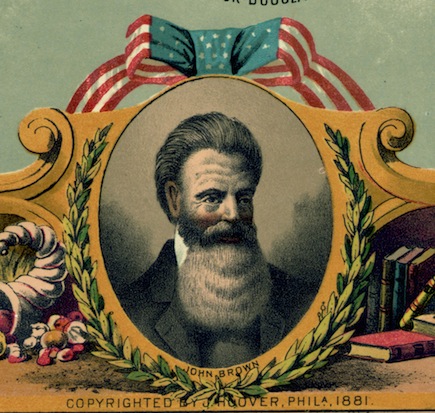

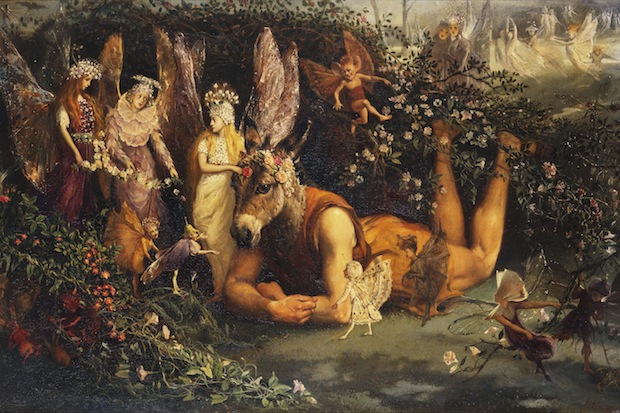
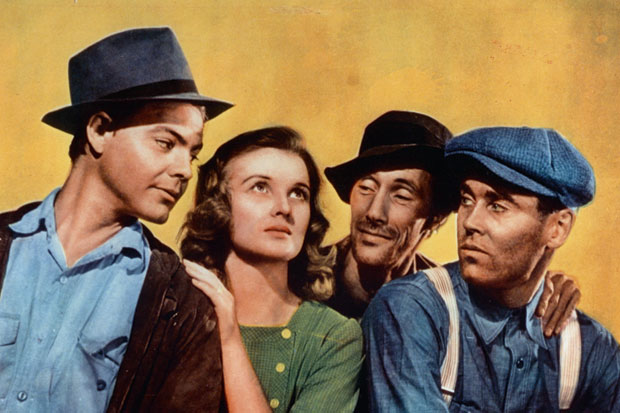
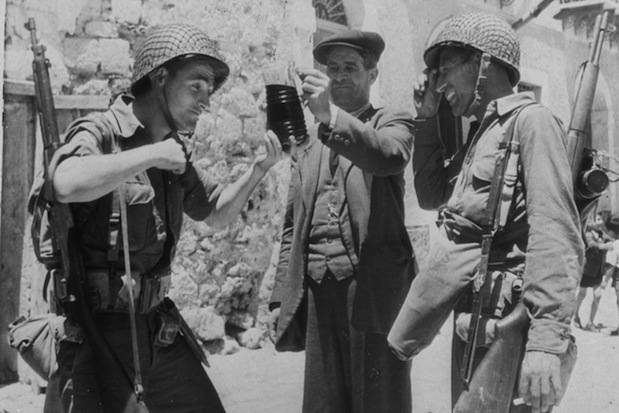






Comments
Don't miss out
Join the conversation with other Spectator Australia readers. Subscribe to leave a comment.
SUBSCRIBEAlready a subscriber? Log in